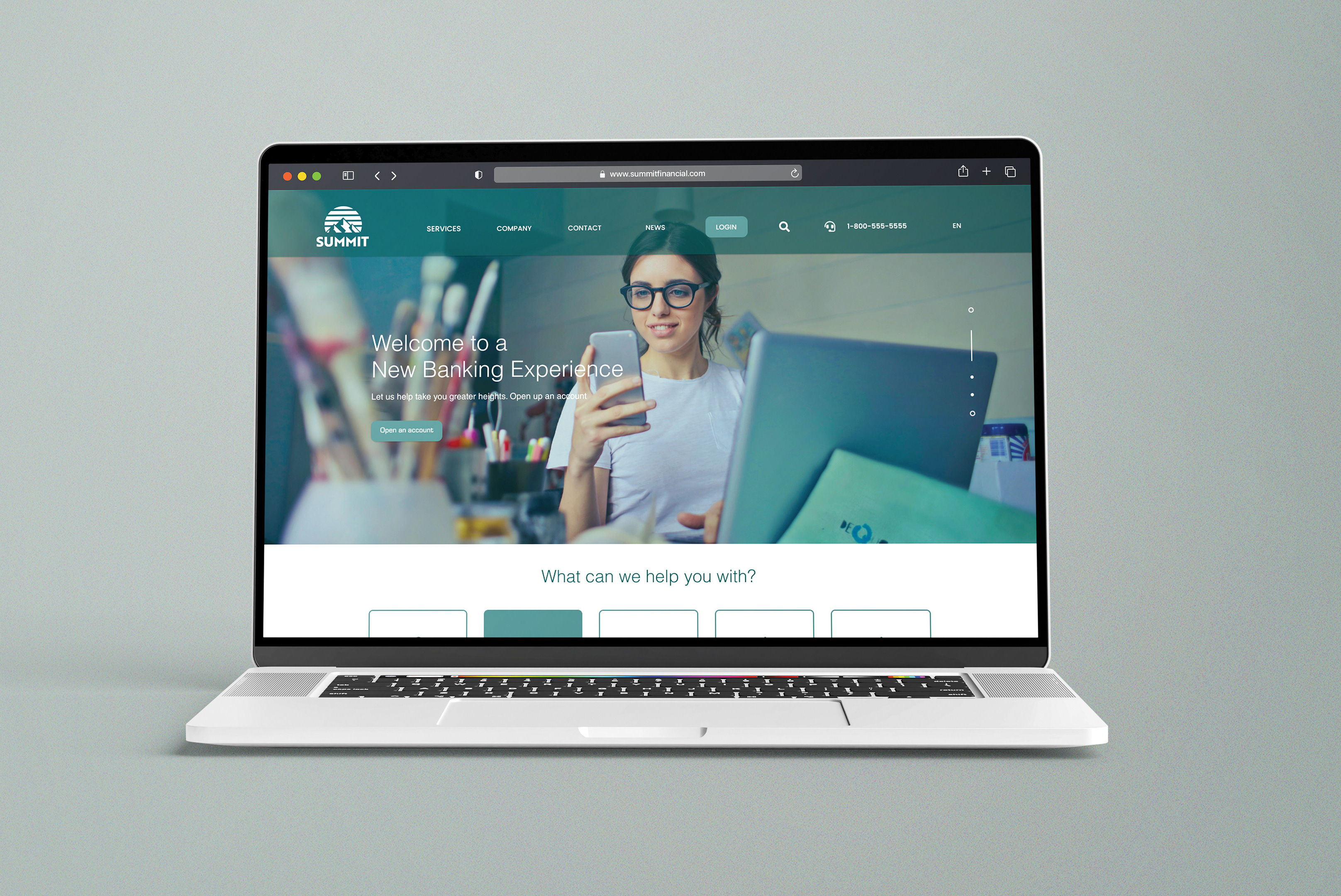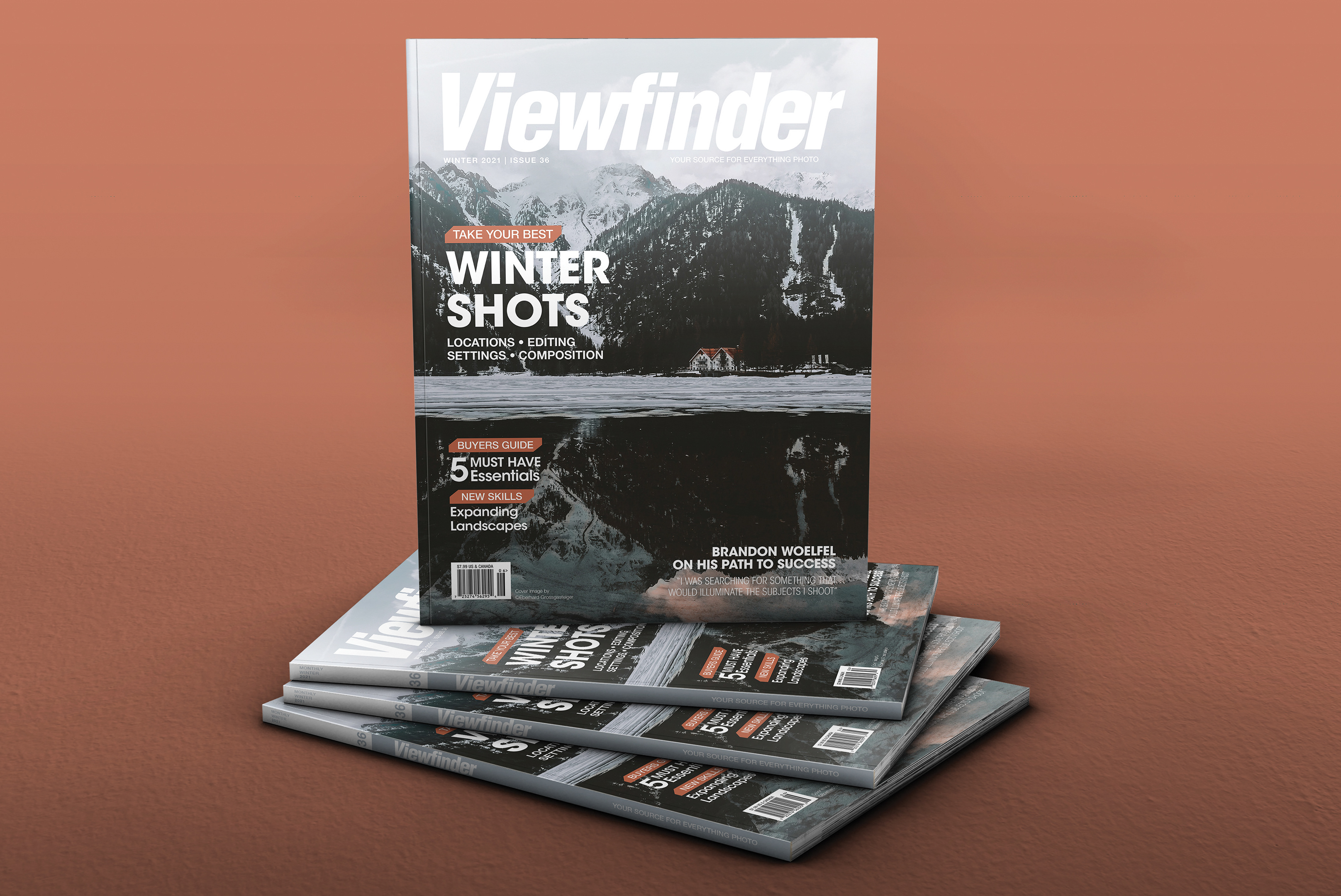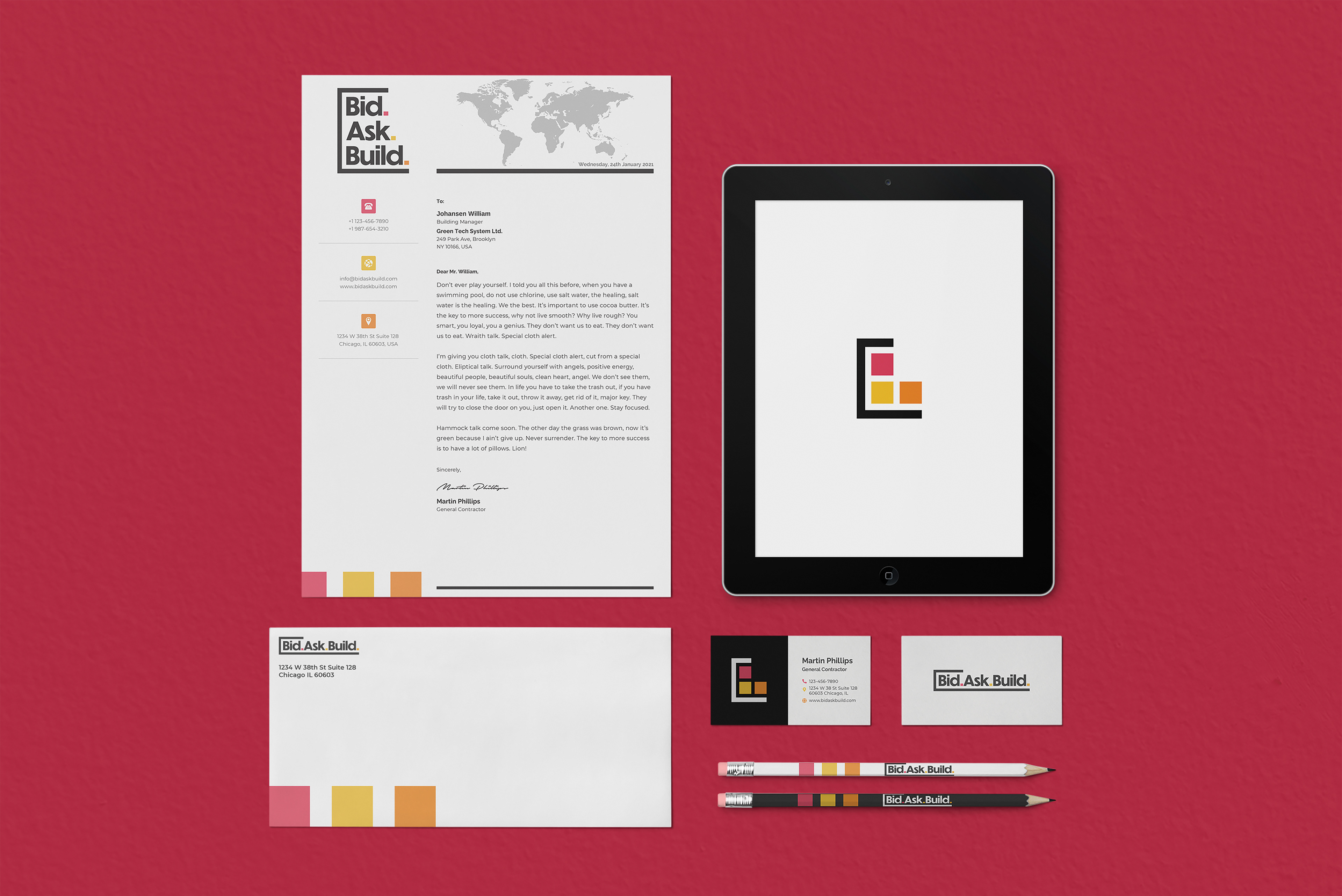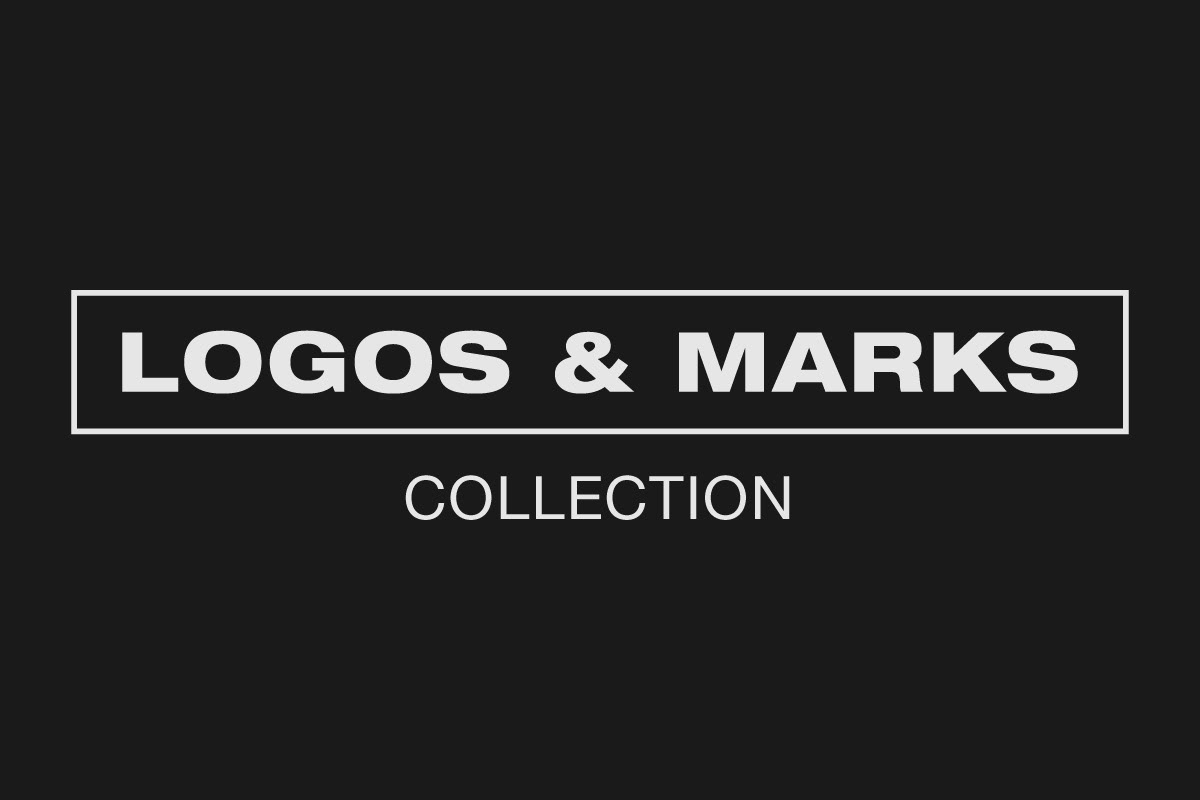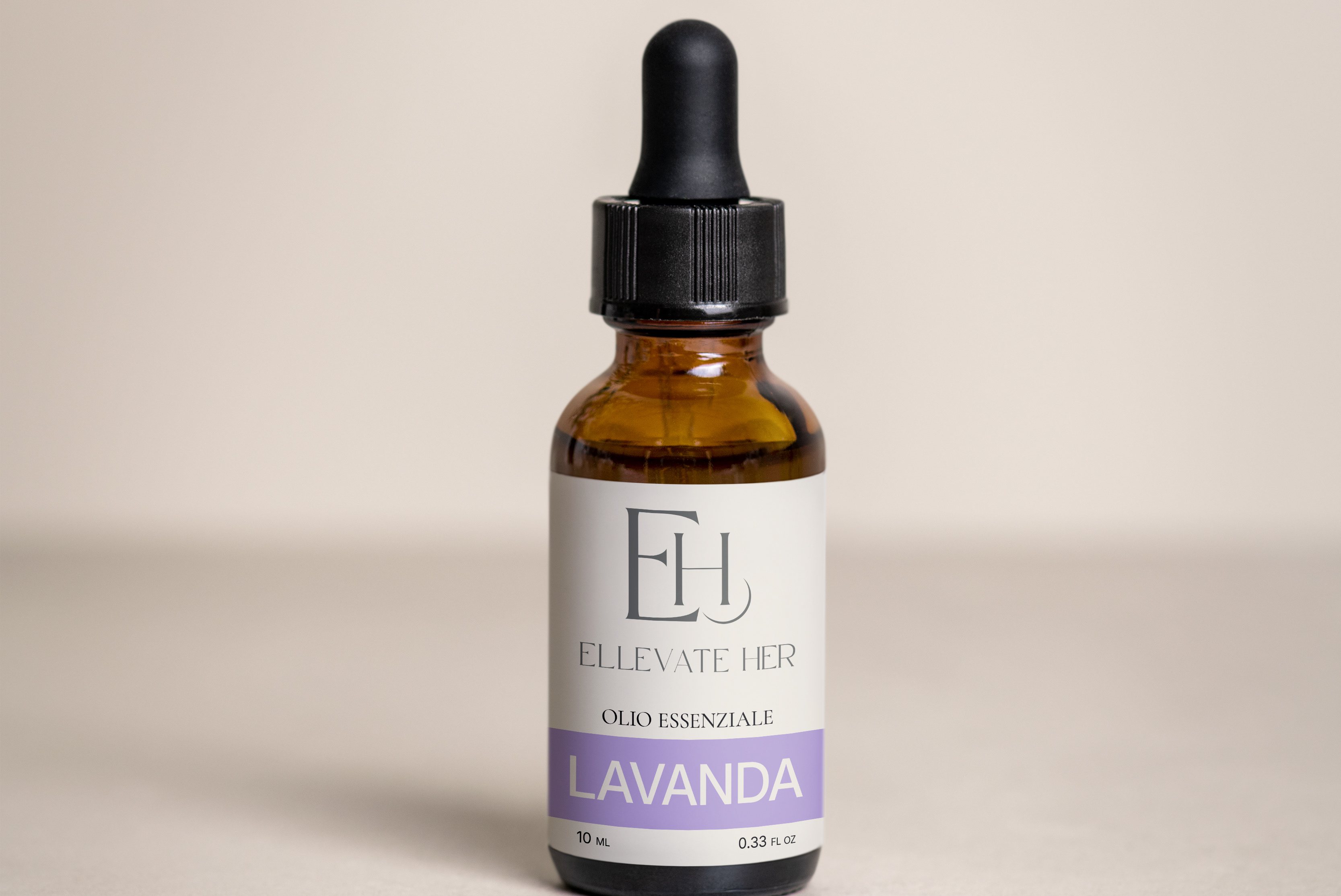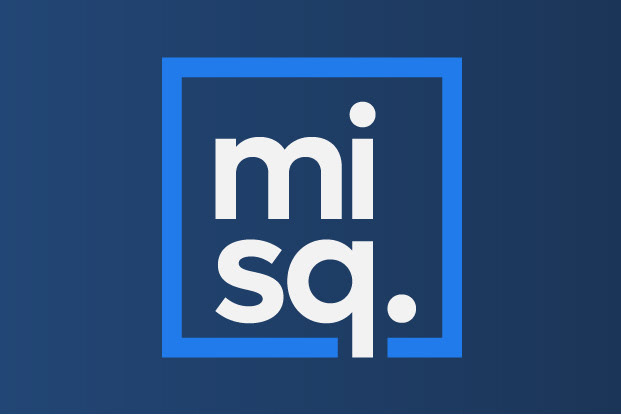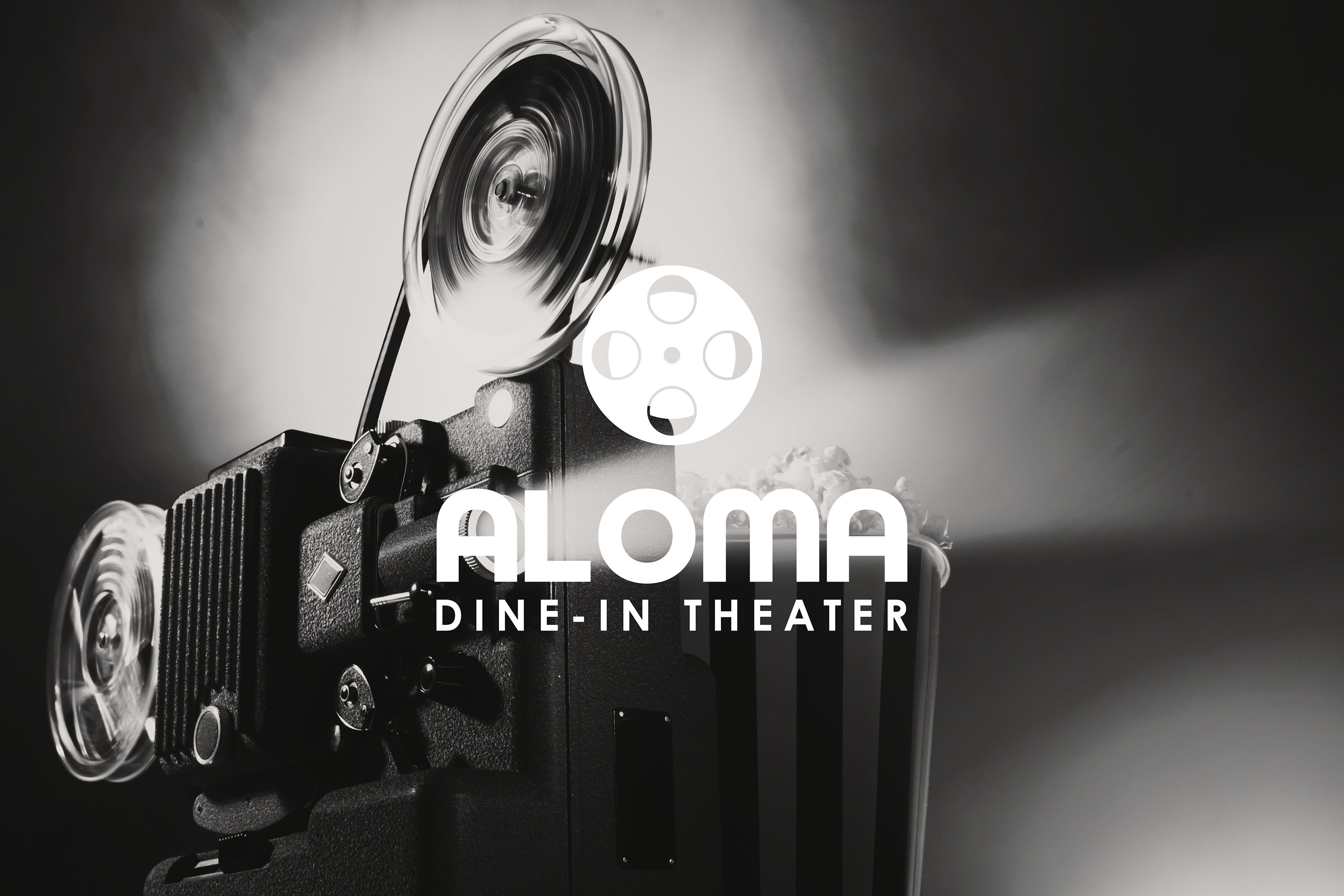Overview
In this case study, I’ll walk through the process I followed to gather user data for PocketGuide, an app intended to help travelers navigate new destinations with ease. The goal was to help create an all-in-one tool that supports trip planning, offers local activity suggestions, provides real-time navigation, and addresses common travel pain points like language barriers. To ensure that the app met real user needs, I conducted extensive research, analyzed the data, and iteratively designed the app’s core features.
This research was conducted during my completion of the Information Architecture course in Valencia College.
Client
Pocket Guide
Industry
Travel & Tourism
Role
Researcher & Developer
Process
Understanding the problem
Before I could start designing PocketGuide, I needed to understand how travelers approach their trips and what problems they encounter while traveling. I wanted to know how people plan their trips, what they prioritize once they arrive, and what tools they currently rely on. This information was critical for me to ensure that the app I was designing would truly serve its users and fill the gaps left by existing solutions.
Conducting user research
To gather insights into users' travel behaviors, I conducted a survey targeting potential users of PocketGuide. The goal was to understand how travelers plan their trips, what challenges they face during their travels, and which features would make a travel app most useful to them. The survey included questions about trip planning, attractions and activities, destination priorities, and navigation tools.
User Personas
User Survey Breakdown & Key Findings
Question 1: “How do you plan your trip?”
This question helped me understand the methods travelers use to prepare for their trips. I offered five options:
• 71 out of 94 respondents said they research the area they plan to visit.
• 15 out of 94 ask others who have visited the area.
• 5 out of 94 make their plans when they arrive at the destination.
• 3 out of 94 don’t make any plans at all.
• 0 out of 94 use a travel agent.
Insight:
A clear majority (76%) rely on online research to plan their trips. This reinforced my belief that PocketGuide should offer users a streamlined way to research and organize their travel plans all in one place.
Question 2: “How important is the choice of attractions and activities when choosing a travel destination?”
I wanted to understand how crucial attractions and activities are when travelers decide where to go. Respondents were asked to rate the importance of this factor.
• 16 respondents said it was extremely important.
• 43 respondents said it was very important.
• 30 respondents said it was somewhat important.
• 4 respondents said it was not so important.
• 1 respondent said it was not at all important.
Insight:
The majority (59 out of 94) of travelers prioritize attractions and activities, which made it clear that PocketGuide should focus on offering personalized, relevant suggestions for things to do in each destination.
Question 3: “What is the first thing you look for when you reach your travel destination?”
This open-ended question gave me a better understanding of what users want to find immediately upon arrival. Here’s what I found:
• 40 responses mentioned food or finding a restaurant.
• 16 responses mentioned hotel or accommodation.
• Other responses included finding attractions, bars, coffee shops, stores, or even bathrooms.
Insight:
Many travelers prioritize food and accommodations first, but a significant number also look for local experiences. Based on this, I knew PocketGuide should emphasize food recommendations, as well as localized, off-the-beaten-path attractions.
Question 4: “What navigation app do you use when traveling?”
I wanted to understand how crucial attractions and activities are when travelers decide where to go. Respondents were asked to rate the importance of this factor.
• 16 respondents said it was extremely important.
• 43 respondents said it was very important.
• 30 respondents said it was somewhat important.
• 4 respondents said it was not so important.
• 1 respondent said it was not at all important.
Insight:
The majority (59 out of 94) of travelers prioritize attractions and activities, which made it clear that PocketGuide should focus on offering personalized, relevant suggestions for things to do in each destination.
Question 5: “What is the first thing you look for when you reach your travel destination?”
This open-ended question gave me a better understanding of what users want to find immediately upon arrival. Here’s what I found:
• 40 responses mentioned food or finding a restaurant.
• 16 responses mentioned hotel or accommodation.
• Other responses included finding attractions, bars, coffee shops, stores, or even bathrooms.
Insight:
Many travelers prioritize food and accommodations first, but a significant number also look for local experiences. Based on this, I knew PocketGuide should emphasize food recommendations, as well as localized, off-the-beaten-path attractions.
Question 6: “What navigation app do you use when traveling?”
To understand what tools people use for navigation, I gave respondents a list of popular apps. They could select multiple options.
• 81 respondents use Google Maps.
• 21 respondents use Apple Maps.
• 29 respondents use Waze.
• 3 respondents use Citymapper.
• Other responses included City.me, Paper Maps, Transit, and country-specific maps.
Insight:
Google Maps is by far the most popular navigation app, with 86% of respondents using it. This insight led me to realize that PocketGuide would need to integrate a strong, reliable map feature to compete with the standard navigation tools travelers are already using.
Question 7: “Who do you normally travel with?”
To understand the different types of travelers and their needs, I asked users who they usually travel with.
• 15 respondents travel alone.
• 33 respondents travel with family.
• 20 respondents travel with friends.
• 28 respondents travel with a significant other.
Insight:
Since many travelers (81%) tend to travel with others, PocketGuide needed to include features that would cater to groups—whether family, friends, or couples—such as shared itineraries and group-friendly activity suggestions.
Design Implications & Features
The survey insights played a huge role in shaping the core features of PocketGuide. Here’s how I translated the findings into the app’s design:
Personalized Itinerary Builder:
Given that most users rely on online research (76%) to plan their trips, I made sure PocketGuide offers an easy-to-use itinerary builder. This feature allows users to research and organize their travel plans in one place, offering personalized suggestions for activities and attractions.
Activity & Attraction Recommendations:
With over 59% of users prioritizing attractions and activities, I built an algorithm to recommend relevant local experiences based on the user's interests, destination, and available time.
Local Navigation & Maps:
Since Google Maps dominates the travel navigation space, I integrated reliable, real-time maps into PocketGuide. I also included tailored suggestions for nearby attractions, dining options, and local hotspots to enhance the user's navigation experience.
Food & Restaurant Focus:
Since food is a top priority for many travelers upon arrival, I ensured PocketGuide highlights local dining options—especially hidden gems—near the user’s location.
Group-Oriented Features:
As many users travel in groups, I added features for shared itineraries and collaborative planning. This way, friends, family, and couples can plan their trips together and get recommendations suited for group activities.
User Flow Diagrams
Wireframes
Outcome
The survey provided invaluable insights into users' travel behaviors and preferences, helping me design an app that directly addresses their needs. However, while there is clear demand for an app that combines trip planning, navigation, and activity suggestions, I knew that further research would be necessary to refine the app even further.
To deepen my understanding, I planned to follow up with questions specifically about users’ habits with travel apps—how frequently they rely on them while traveling, what features they use most, and which apps they turn to for in-destination support. Additionally, I aimed to investigate the depth of users’ planning, to see if they were looking for a tool that could handle everything from pre-trip research to on-the-ground navigation.
By conducting this additional research and iterating on the design, I aimed to refine PocketGuide into a truly indispensable tool for travelers.
